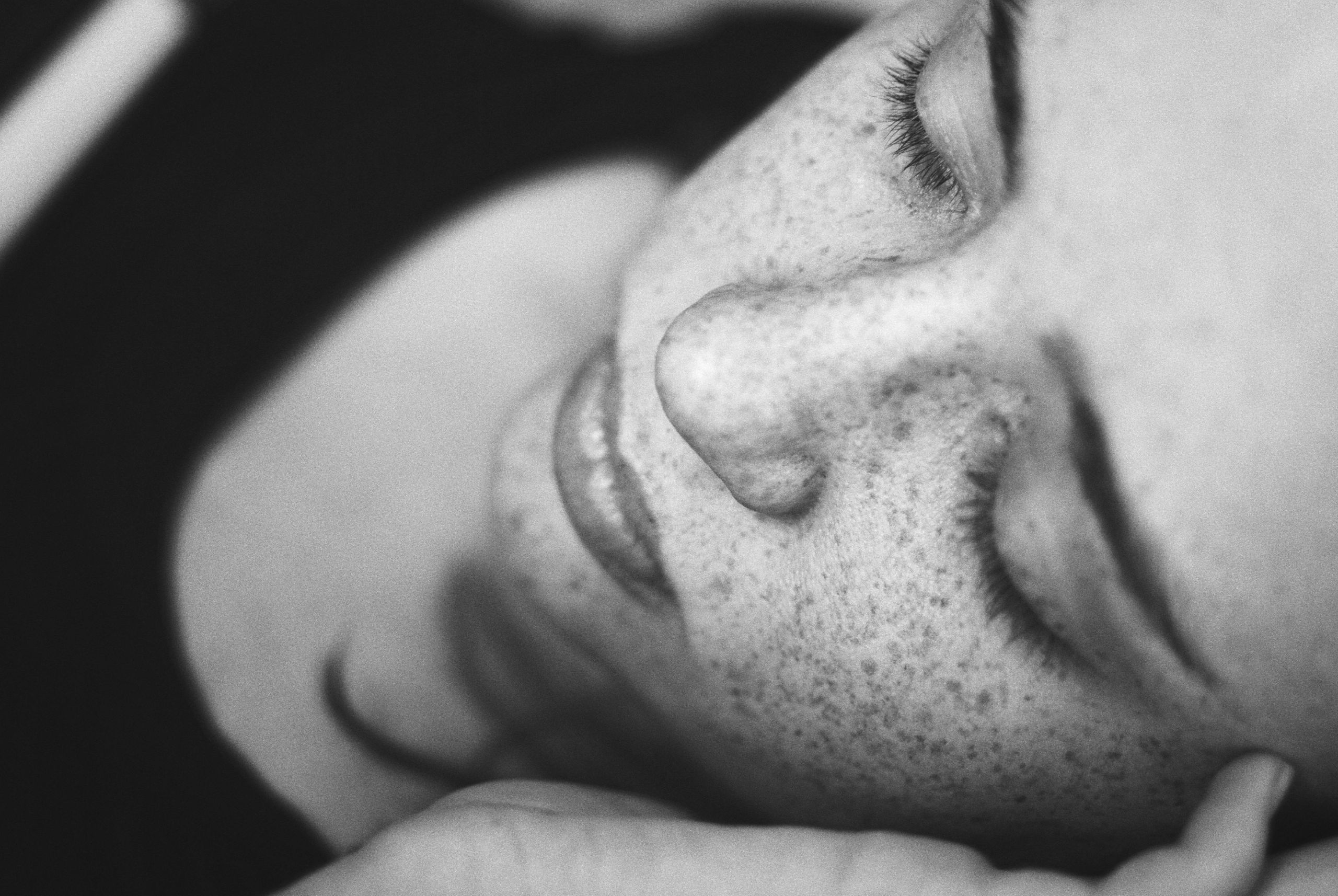How to create a migraine-friendly life for children
Migraines in children are frustrating as it affects their daily lives and routines. As parents, it is extremely difficult to see your child in pain. You want to make the migraine go away. To help your child the best way possible, it is essential to create an everyday life that minimises migraine triggers and provide support when attacks occur. This article explores how you can create a migraine-friendly life for children.
Create a migraine-friendly routine
To avoid migraines, consistency is key. Luckily, children thrive in routines because predictability makes them feel safe and in control. Ensure that your child goes to bed and wakes up at the same time daily, even on weekends if possible. Consistent sleep is beneficial for children’s overall health, lowers stress levels and balances chemicals in the brain. Lack of sleep is one of the most common migraine triggers and bear in mind that children need more sleep than adults.
Low blood sugar and dehydration can cause migraines, so provide your child with regular, balanced meals and fluids. Key components of well-balanced meals include proteins, carbohydrates, healthy fats, fruits and vegetables as well as dairy. Regular meals and fluids maintain steady energy levels which your child needs throughout the day.
Exercise is also important in a migraine-friendly routine for children. Physical activity enhances numerous aspects of your child’s well-being, including sleep quality, mental health, and muscle function. Moreover, regular exercise serves as a powerful stress reducer and stimulates the release of endorphins, the body’s natural mood elevators.
Last but not least, limit screen time. Incorporate planned breaks when it comes to screen time and limit the exposure to screens before bedtime. Electronic devices offers an array of exciting opportunities for children but they can also make eyes strain, reduce physical activity, create posture problems and disrupt sleep patterns.
Identifying and managing migraine triggers
Identifying migraine triggers is no easy task which is why I recommend that you keep a Migraine Calendar. By keeping track of potential triggers, you can work with your child to avoid or manage these triggers. Common triggers are certain foods, environmental factors (e.g bright lights, loud noises), weather changes and stress.
Stress can be trigger for many children with migraine, especially for a brain that’s already sensitive. Carve out time for quiet relaxation and teach stress-management techniques such as deep breathing or simple meditation.
If your child suffers from chronic migraine, track what they did differently on days where they did’t have migraines. Did they go bed earlier? Did they eat differently? Track the good days in the Migraine Calendar as well.
Supporting your child during a migraine attack
When a migraine occurs, follow these steps to provide comfort and relief:
- Move them to a quiet, dark room
- Apply a cold compress to the forehead, a migraine cap for the head or an eye mask – whatever works for your child
- Offer small sips of water, juice or soda to prevent dehydration
- Try giving salty or fatty foods (e.g chips) if they have an appetite
- Soothing touches to destress the nervous system
Acknowledge and validate their emotions
It is natural for your child to feel angry or frustrated about having migraines. Disappointment in having to cancel plans, irritation when they need to rest in a quiet room or simply sadness in experiencing pain. I encourage you to open a dialogue about how the disorder affects them, even if their responses might be difficult to hear.
Children often express their feelings honestly, which can provide valuable insights. Use this as an opportunity to acknowledge and validate their feelings and concerns. Remember to also invite any questions they may have about migraines, fostering understanding and open communication about the disorder.
Educate your child and others on migraines
When suffering from migraines, an attack can happen when you least expect it. The lack of control is incredibly frustrating so make sure to teach your child the early warning signs of a migraine. Empower them to communicate their needs and take appropriate action such as resting or avoiding triggers.
You do not have eyes and ears on your child 24/7 so it is important to inform teachers, caregivers and family members about your child’s condition. Provide them with information on recognising symptoms and how to respond appropriately.
Children are resilient
Creating a migraine-friendly life for children involves routines, managing triggers and providing support during attacks. With patience and consistency, you can help your child navigate life more comfortably and confidently. And remember – children are resilient. They have a remarkable ability to adapt and recover from difficult situations.
If given support and guidance, they will develop healthy coping mechanisms when it comes to living a life with migraines.

About the author: Linda C.
I have been suffering from chronic migraines and headaches for more than 20 years so unfortunately, I know a thing or two about migraines.
I hope that by sharing knowledge and insights about migraine, you can manage the disorder more efficiently.



